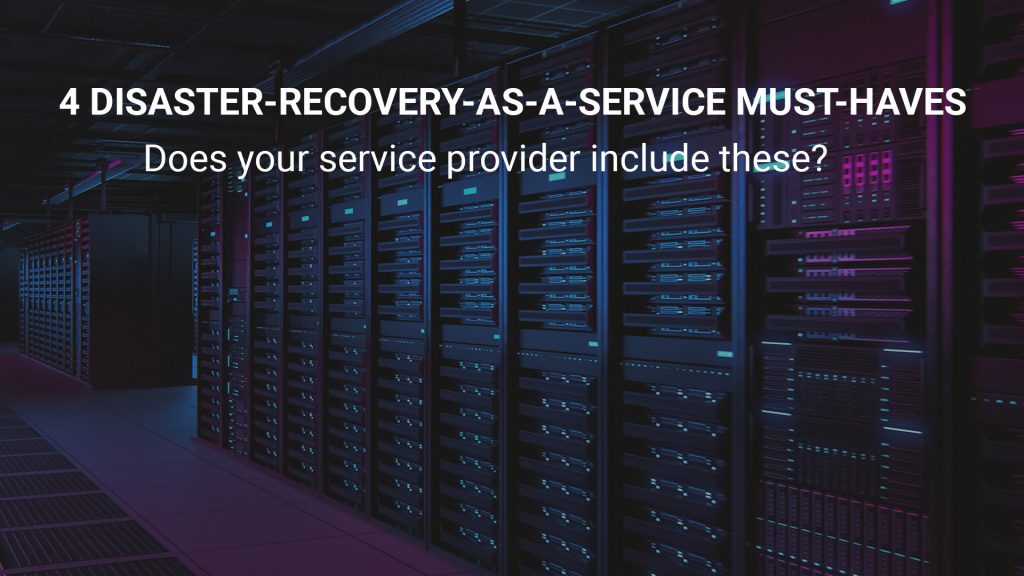Last year, a massive 86% of organizations (recorded across 17 countries) fell victim to successful cyberattacks, 69% were compromised by ransomware while lax employee awareness and an overall lack of skilled IT personnel further impeded IT security. And these are only the manmade disasters that organizations have to contend with; there are also natural disasters such as fires, floods and hurricanes that can take down your IT operations.
Regardless of whether the disruptive event is the result of malicious actors or Mother Nature (or a combination of both), organizations must ensure that business operations remain functional or face severe consequences. This is where Disaster Recovery-as-a-Service (DRaaS) has a crucial role to play – DRaaS, as a third-party service, replicates on-prem systems, data, and applications, most often to the cloud, so it can be recovered and restored when necessary. However, DRaaS providers vary considerably in their capabilities and offering when it comes to virtualization, hardware and even OS selection.
Let’s look at four DRaaS components every DR plan should include:
1. Infrastructure
Maintaining your infrastructure and keeping everything patched and running smoothly are essential to business operations. Instead of replacing your infrastructure, you should first attempt to improve on what you already have in place. Practically, you should consider a service provider that can offer solution-agnostic technology that can work alongside your current solution to avoid unnecessary expenses.
2. Automated failover/failback
In an event of a disaster, DRaaS failover typically recovers virtual machines based on your DR plan’s configuration and specific settings. To maintain business continuity, failover should ensure that requests from the failed mission-critical system are effortlessly redirected to your backup system. Here, speed of action is critical since any downtime can be detrimental to your business. Upon completion, your DRaaS provider should move your data back from its hosted environment (failback) to your primary site for replication processes to commence and to ensure continuous protection.
3. Replication
During the replication process, your organization’s data is duplicated from the primary site and then transferred to the DR service provider to host remotely. It is important that regular snapshots are taken during this process to ensure zero-data loss during the failover/failback process mentioned in 2 above. Replication can include virtual and physical servers or a combination of both in the form of a hybrid solution.
4. Compliance
Your DRaaS provider should execute DR testing in the background which leaves your organization’s operations and applications unaffected. This ensures that your organization can effortlessly comply with legal regulations and service level agreements.
Disaster recovery as a vital business requirement is often “filed away” until it’s too late. The Covid-19 pandemic made many businesses realize that their existing DR strategies were inadequate and highlighted the need to adapt. With this realization, it is, however, important that businesses adapt to a solution that will give them the best possible chance to recover from a disruptive event.
Book your 30-minute consultation to find out where your current DR plan might be falling short.
Ransomware Readiness:
An In-Depth Evaluation Guide
If you found this post interesting, you might enjoy these too:
Backup versus DRaaS: Why You Need Both
What is disaster recovery as a service (DRaaS) and is it right for me?



